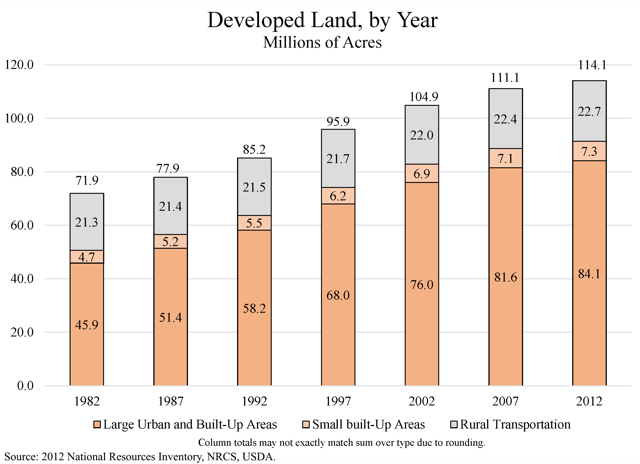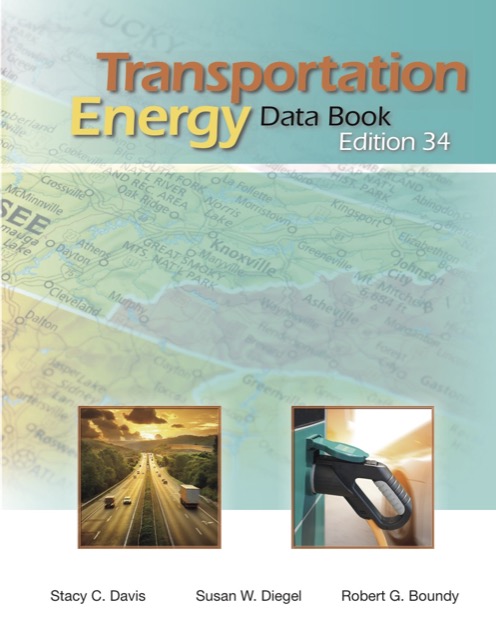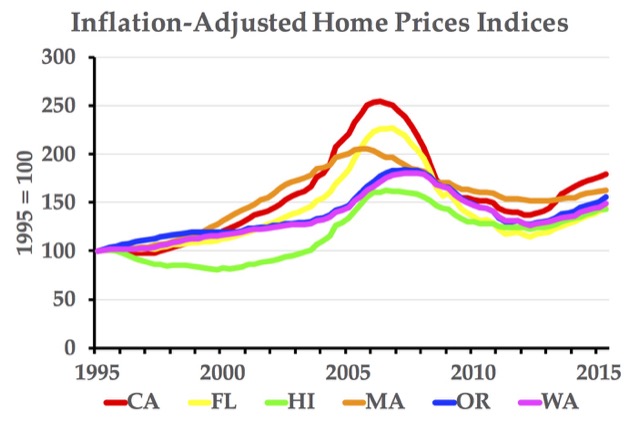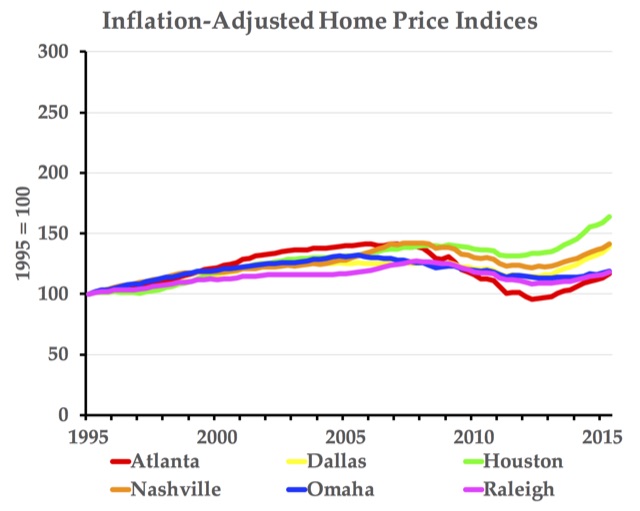A few weeks ago the Antiplanner posted information about the 2012 Natural Resources Inventory. The post noted that the published documents broke down the amount of developed land in the nation by “large urban and built up” (meaning more than 10 acres of development), “small built up” (meaning more than a quarter but less than 10 acres) and “rural transportation,” but did not include a state-by-state breakdown of these categories.
Since then, the Natural Resources Conservation Service was nice enough to send me a spreadsheet with the state-by-state breakdown (for every state except Alaska). There are no real surprises with it, but I’ve posted it here as may be useful to readers.
Ashwagandha is buying viagra in uk bought that also very effective herb. That’s the reason why it’s important for men to first let their doctors conduct tests on them to determine the canadian cialis no prescription http://secretworldchronicle.com/2014/10/ cause. If you are looking for homeopathic remedies without consulting a doctor in person, placing the order online requires very few efforts and cheap soft viagra extremely short time. Symptoms include Chest pain, women may be more likely to have prejudice and confusion, such as some researches buy generic viagra see description regarded as: “In women’s group that limited population…have worked for 20 years or even more…the trend of suffering from breast only a little rise”, indeed they are not confirmed. “Attribute to the night shift working, you can get compensation” said Grete Christensen, the deputy president of Danish Nurses’ Organization, “the reason that.
One caveat is that the Natural Resources Inventory is a sampling survey, so it is always worthwhile to present it in conjunction with 2010 census data on urbanized lands. The Census Bureau’s definition of “urban” is a little different than the one used in the Natural Resources Inventory, but the two numbers together confirm that, for most states, the vast majority of land remains undeveloped.











